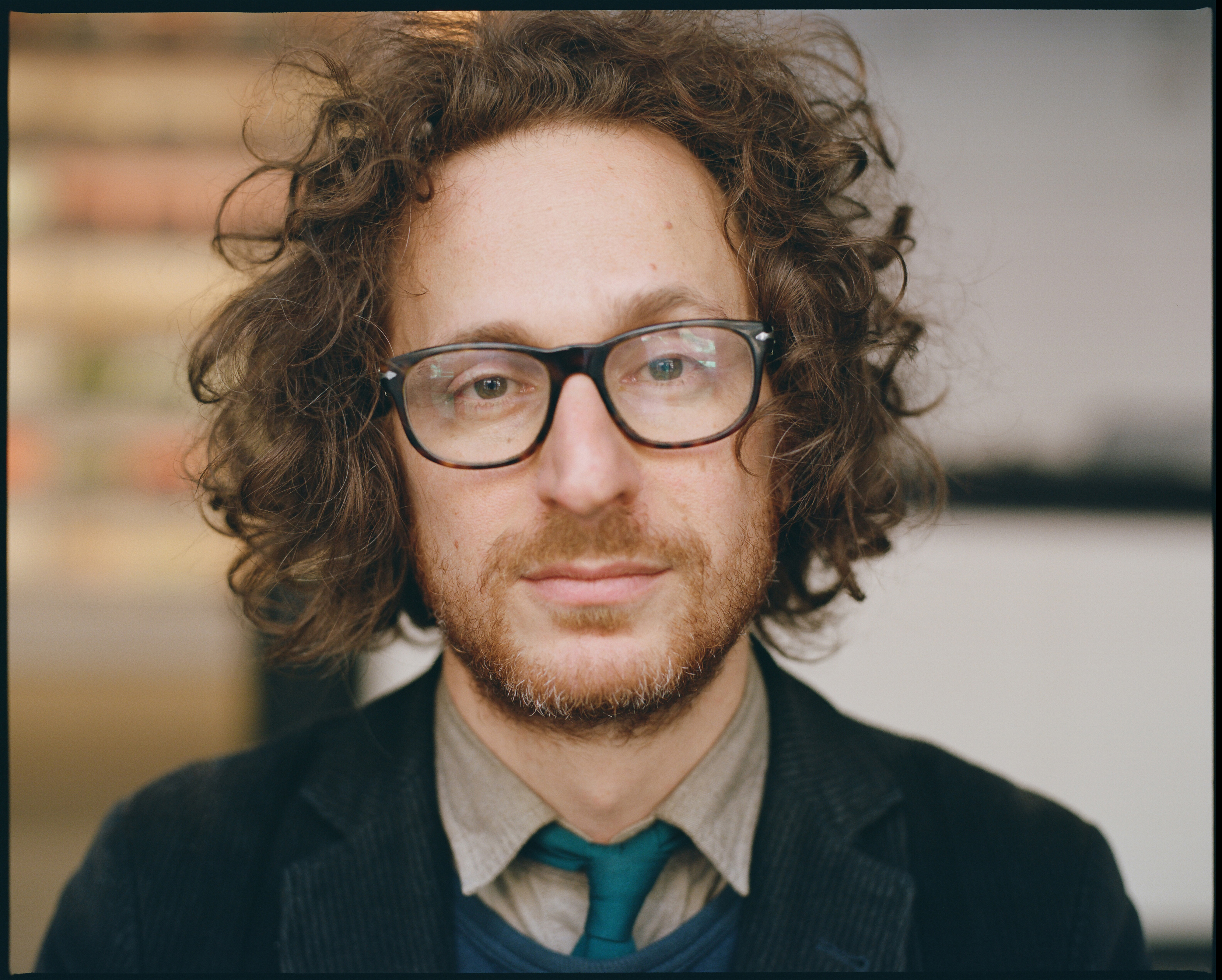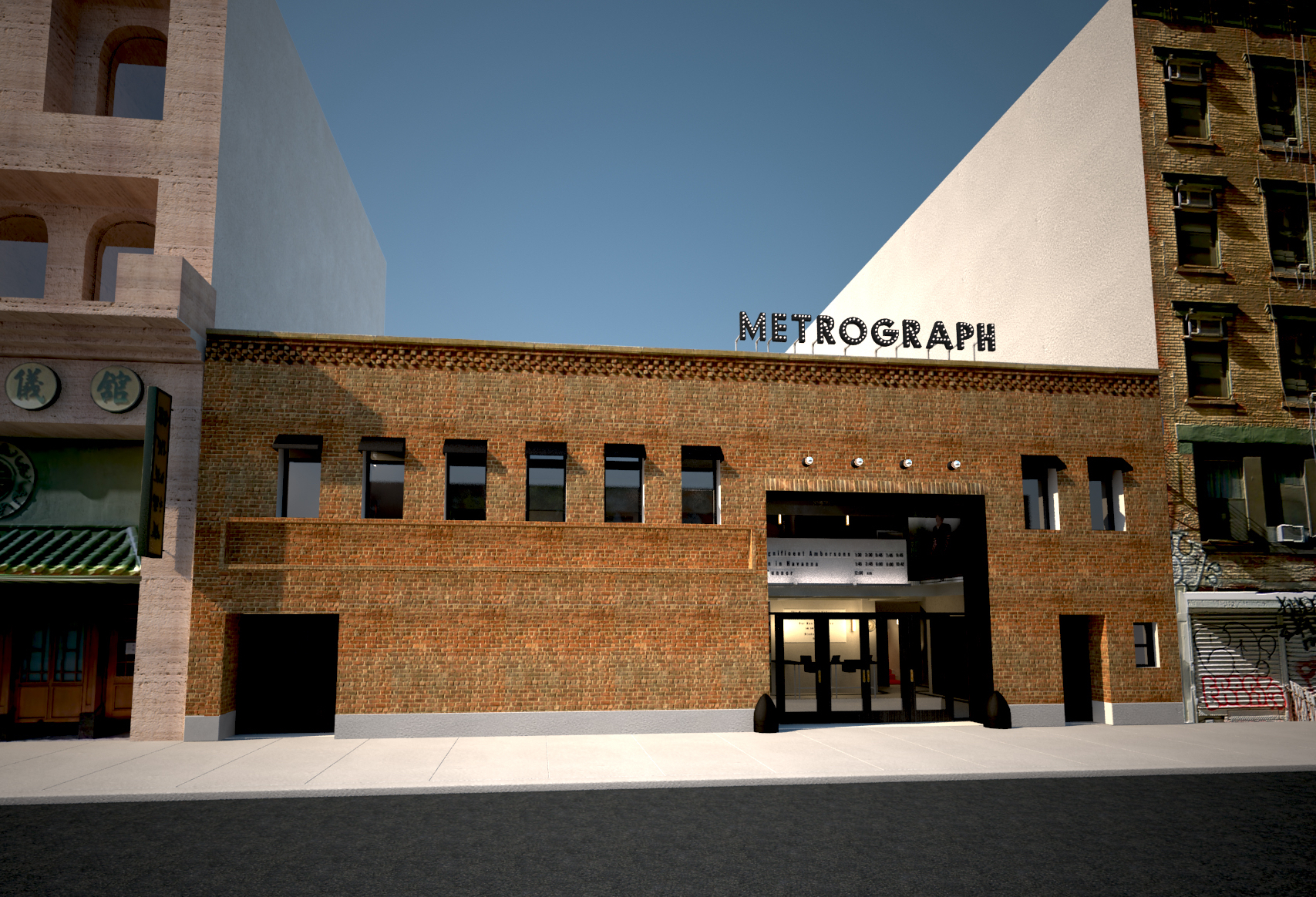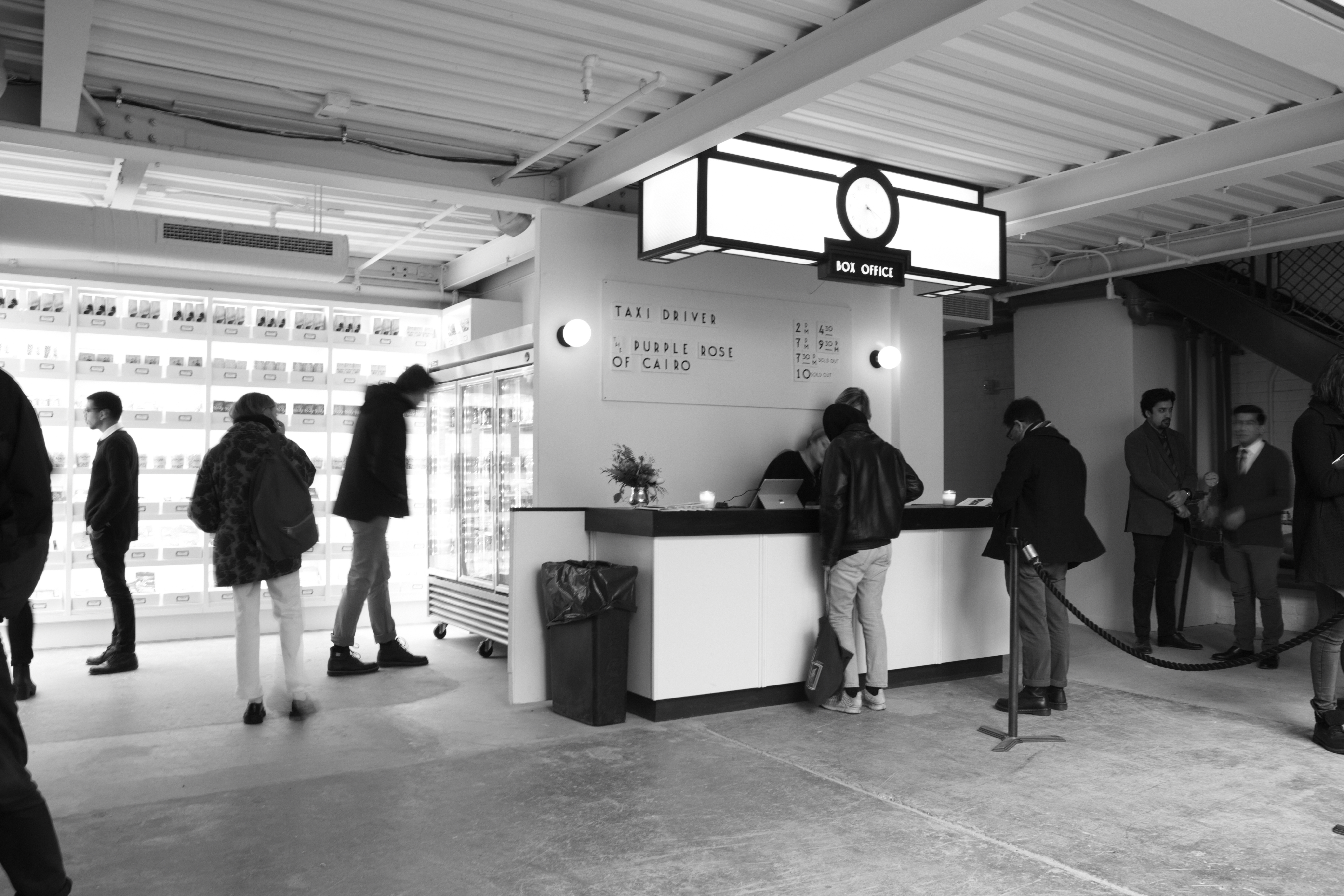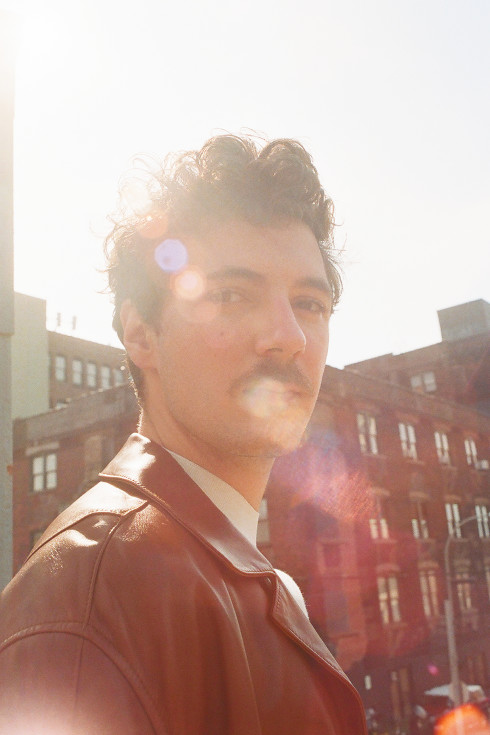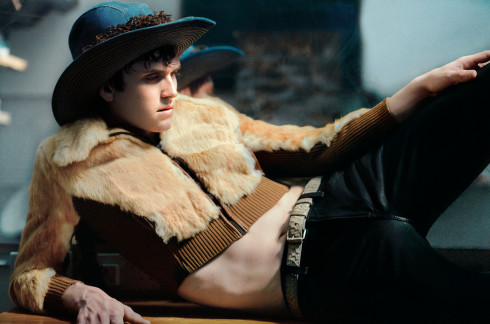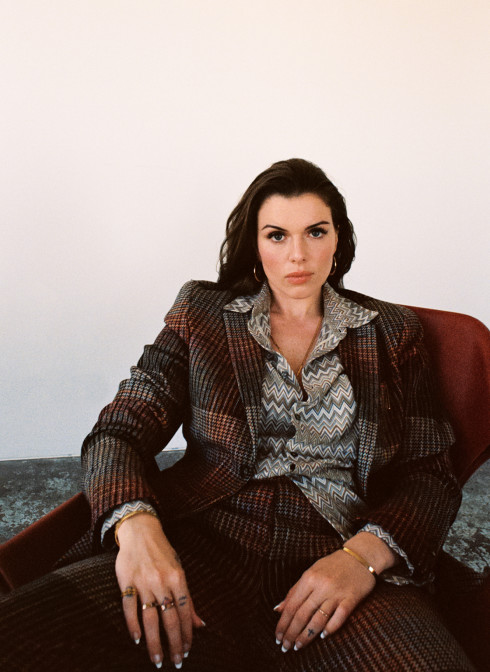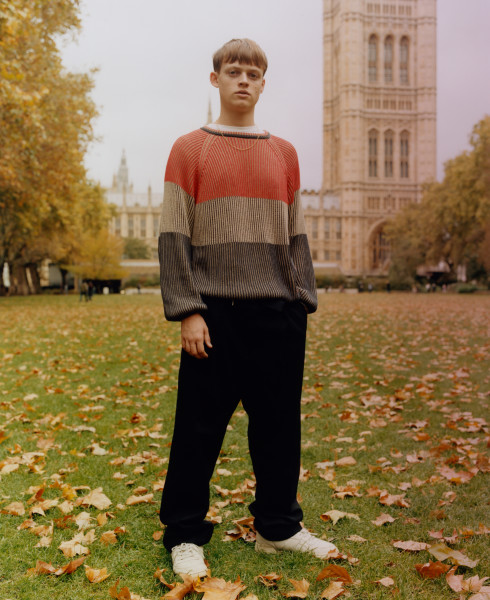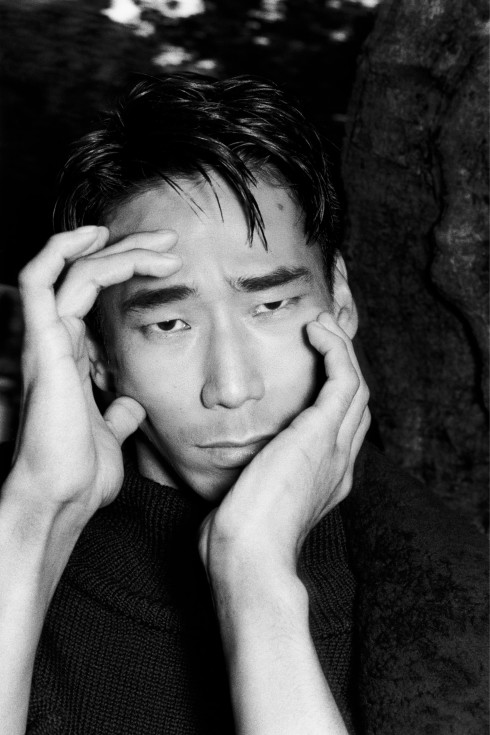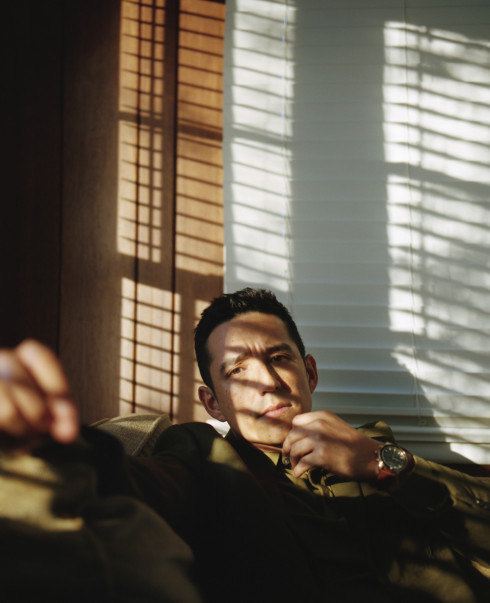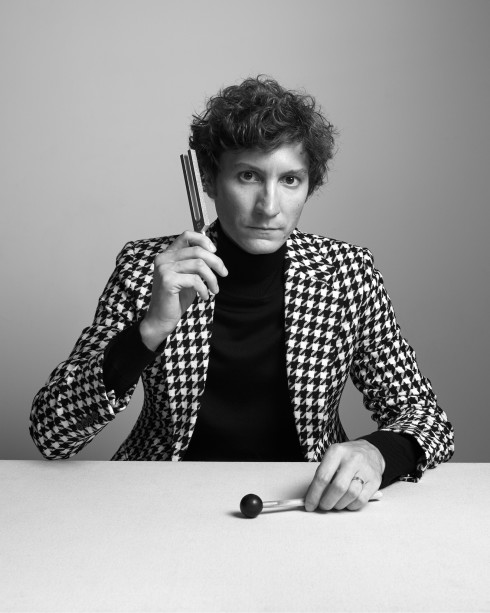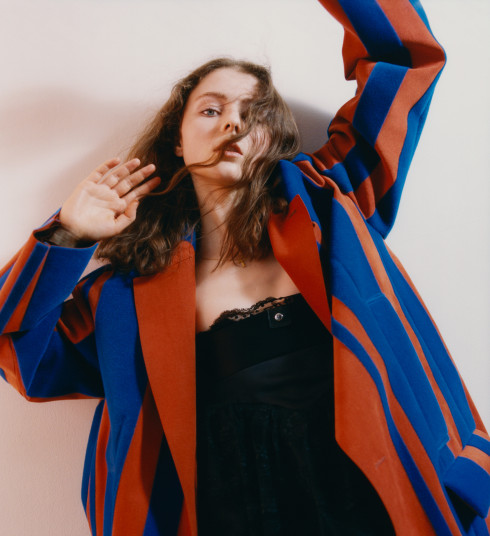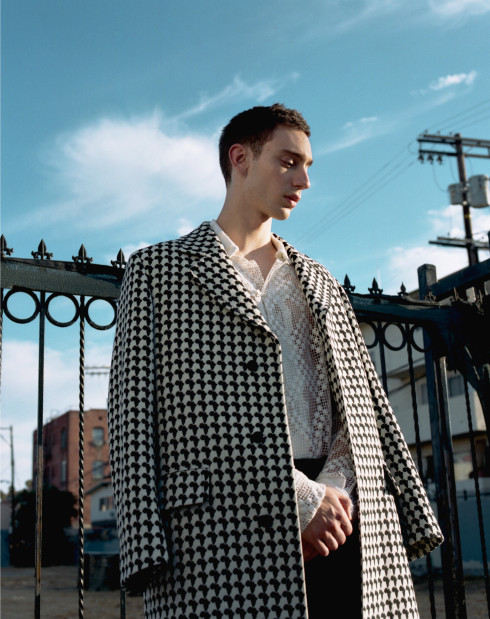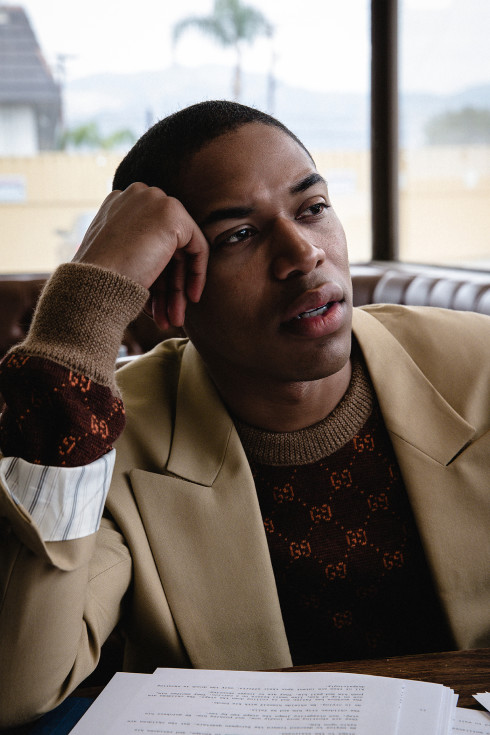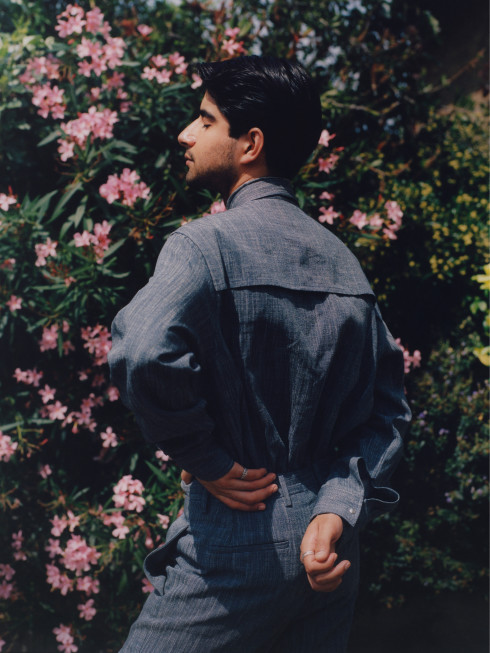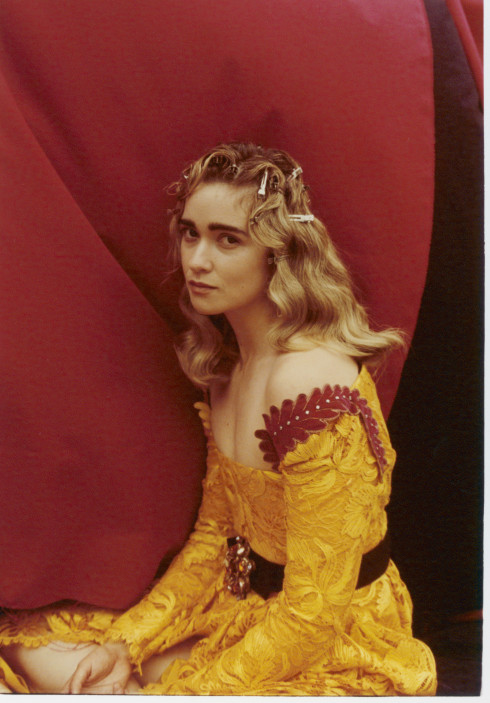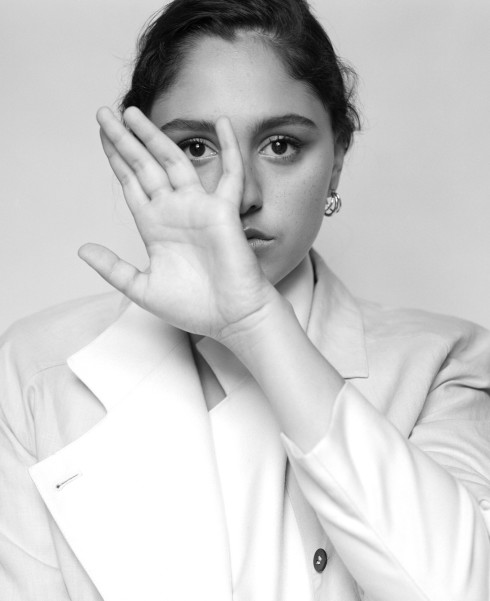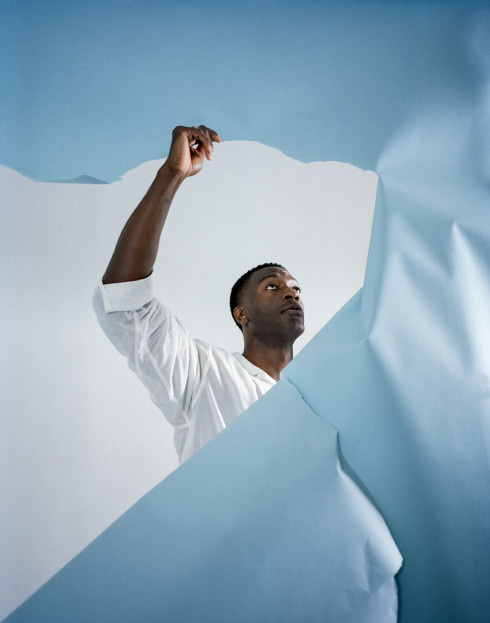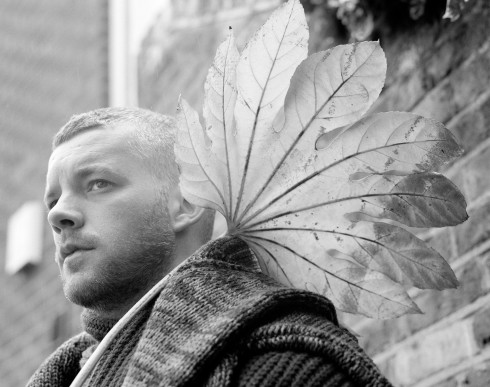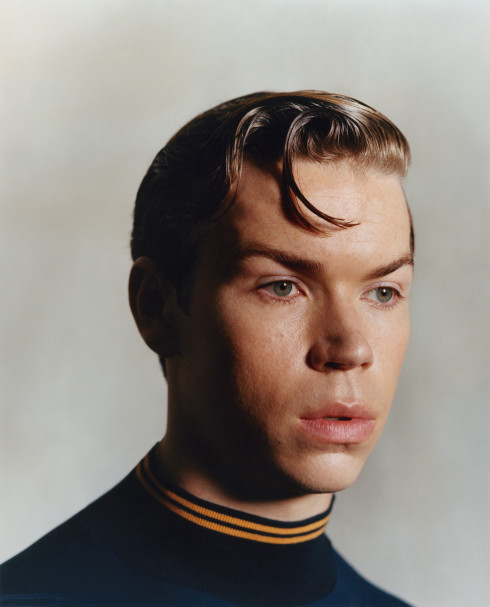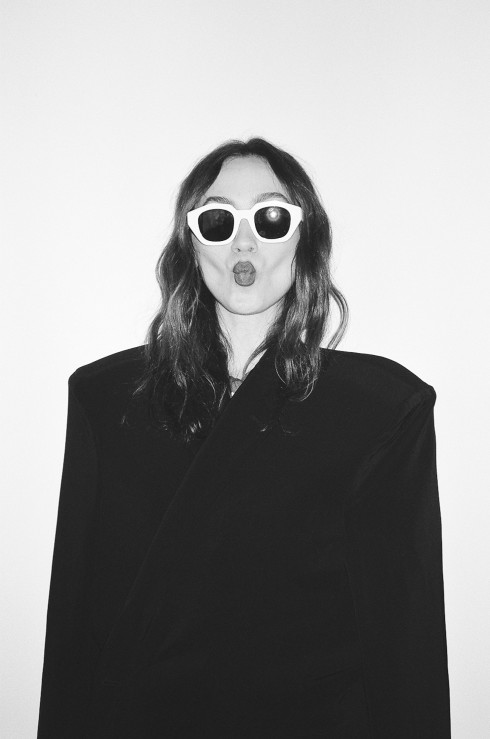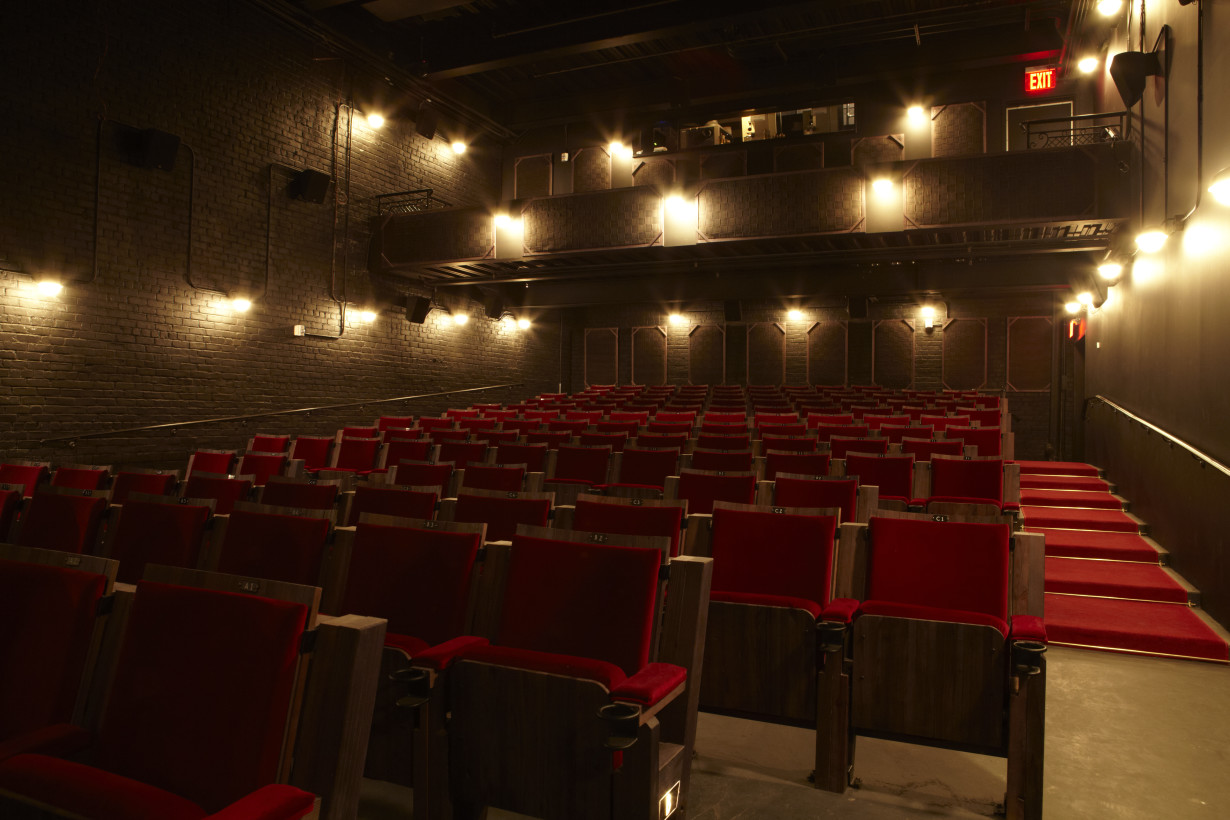
- By
- Gautam Balasundar
- Photography by
- Alexander Wagner
METROGRAPH
The film industry has been one of the most difficult creative forms to pin down over the last decade. Big studio films are breaking records, while there are new reports every week of dwindling audiences at the box office. Couple that with the dominance of streaming entertainment, and the idea of opening a new cinema sounds at best wishful. But that’s exactly what designer Alexander Olch is doing with Metrograph, a new theater and social hub located at 7 Ludlow Street on Manhattan’s Lower East Side. The singular venue will be host to premieres, parties, and book signings, but the main purpose is to serve as a home for great cinema. Classic films, foreign titles, and new art-house films will all get screen time, including a Jean Eustache retrospective and 2015’s Carol screened in 35mm this month. It’s a bold endeavor that has movie fans gleaming, and may itself revitalize the filmgoing experience in New York.
Olch, known for his eponymous fashion label and boutique (conveniently around the corner from Metrograph), has always been an avid movie fan. “I spent most of my youth growing up in Manhattan going to movies, often going to two a day,” he recalls. “I fell in love with the dream of making movies in large part because of the places that I went to see them, places like the Beekman, the Plaza, the Ziegfeld,” he recalls. “When you walked in those doors, you knew that something special was happening even before the movie started. There was something almost sacred about these places, and that’s something that’s always stuck with me over the years.”
His fervent passion translated into filmmaking, a creative outlet Olch still pursues outside of his day job (his documentary The Windmill Movie was released in 2009). But over the years, the very places that inspired him to explore the art form have slowly dissipated, leaving a new generation without the eyeopening spaces that served as an education to so many. “All those theaters are now gone,” Olch says. “Ziegfeld was the last of them, Beekman was long ago gone. That’s really the impetus here, which is to try to have that feeling again.”
Metrograph is not only primed to achieve that goal, but is destined to find a place alongside those names above as New York’s next great cinema. But before they get there, the niche venue still has to find its audience, something Olch isn’t too worried about. “What a lot of us New York cinephiles and cine-enthusiasts have always yearned for is a place to congregate and a place to gather, especially because cinema is such a social art form,” he explains. “You usually go to movies with people, so you’re talking about the movie before the movie, you’re sitting in the dark watching it with your friends, you then are going to talk about the movie after the movie, so of all the art forms it may be really one of the most social, and there’s never really been a space to support that.”
Film buffs aren’t the only ones who’ll end up at Metrograph, Olch explains: “We’re also going to have, hopefully, people who get to know films from us and trust our programming, and because of what we’re doing here, this is a space that you’re going come to even if you’re not going to see a movie.”
The venue is well equipped to support that vision; the two screening rooms (one seats 175 and the other fifty) are the main attractions, but a restaurant called Commissary, a bookshop, a bar, and a candy shop (most still undergoing final touches) all round out the space. It’s a complete hospitality project revolving around the shared experience of film, the prospect of which might even excite Olch more than the films themselves. “This is a place that you’re going to come to anyway, and while you’re here you might be inspired to see a film, you might be inspired to write, you’ll be inspired to hang out here and really celebrate cinema,” he emphasizes. “We expect to have directors in there working. The restaurant upstairs with its skylight is going to be a really nice place during the day to be working, writing, taking meetings. So this is a place that’s going to be populated by filmmakers. And that also is going to set a tone.”
The way people discover and interact with film has significantly changed in the last decade, which gives further promise to an esoteric venture like Metrograph. Classic film stills regularly appear on social media feeds, but the effect of those platforms is deeper to Olch: “Now that everybody is taking pictures and creating their own identities with images, people now realize how hard it is to make compelling images, that it’s not something that’s easily done, and the people who are very good at it are very special and unique and rare. When you’re searching for compelling images, it’s hard to deny the power that you see in these old movie stills, and I think that in itself is something that’s going to draw people into the movie that we’re playing.”
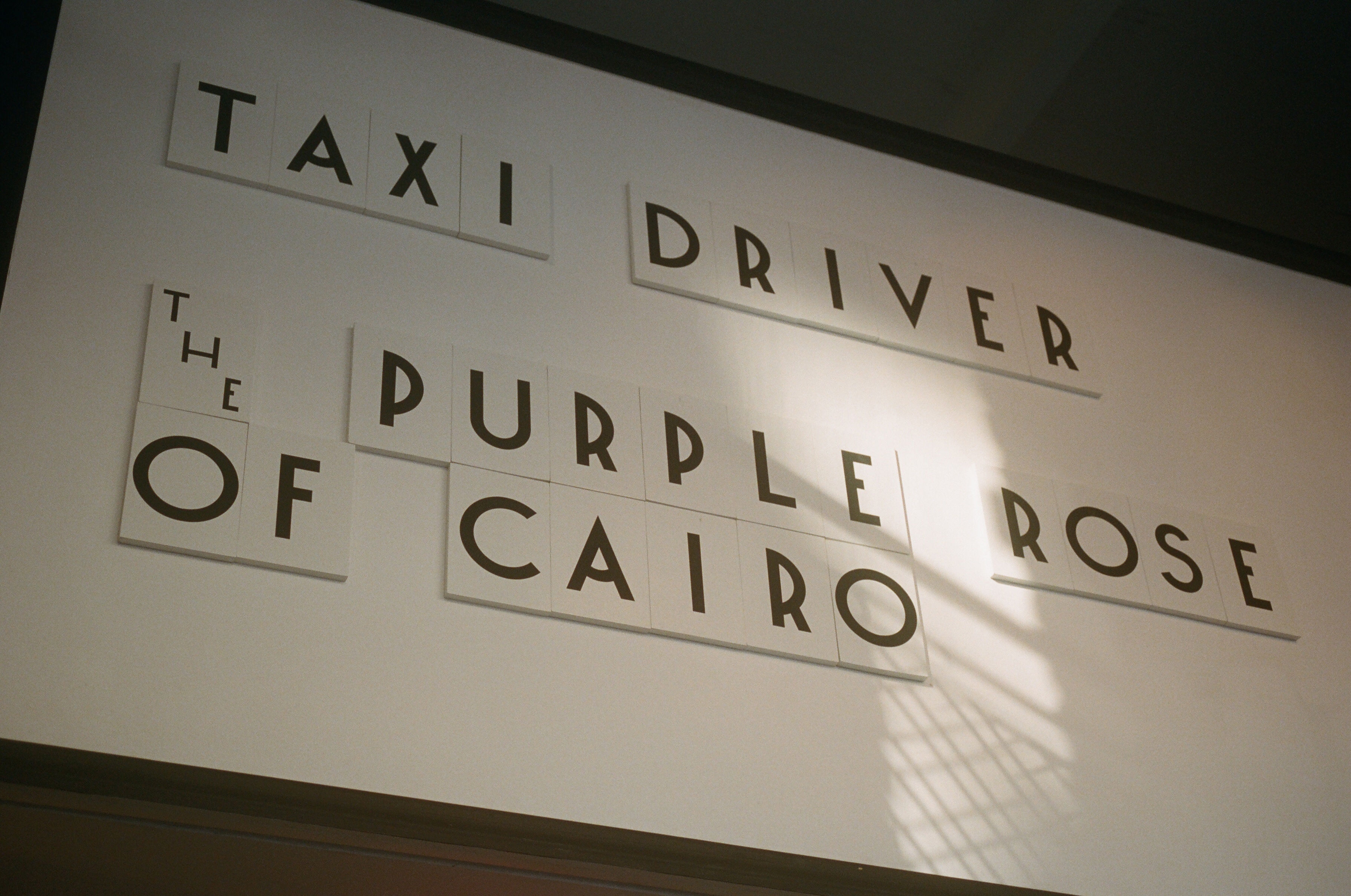
Metrograph also has the added benefit of entering at a time when young people crave experiences away from the digital realm, but Olch insists the timing was purely natural. “I have not thought about it at all,” he says. “What I have thought about, which is slightly related to that, is what I think has happened in the last ten years across most crafts and, whether you’re talking about food or fashion, there’s a real attention to the details of the process. Is that jacket made in the USA? Are the ingredients farm to table? Is it organic? People really care how it was made and how it got to them before they purchased it.” That attention to detail is on display all over Metrograph: digital films are shown alongside 35mm prints (you can even look into the projection room from the balcony) and the candy store is filled with unique offerings like caccio e pepe or bonito popcorn and diverse candies; even the seats in the theater have a distinguished wood finish.
Minute design details reveal inspirations from Twenties Hollywood, but Olch was never interested in creating a fantasy of the past, opting to retain much of the appearance of the original brick warehouse Metrograph was built in. Those are the kinds of juxtapositions that have brought Metrograph to life. Its mere existence is as anachronistic as it is forward thinking. The spirit and glamor of Old Hollywood are present, but only to bring a wide audience to the shared experience of cinema. “You’re walking into something that is actually quite low key in a sense,” he explains. “This is really a very simple, elegant experience, with these key echo notes, with things that are reverberating from a past that might even be in our imaginations, but somehow are really part of this fun of going to the movies.”
Metrograph is now open at 7 Ludlow Street, New York. For more information, please visit Metrograph.com.
- By
- Gautam Balasundar
- Photography by
- Alexander Wagner
